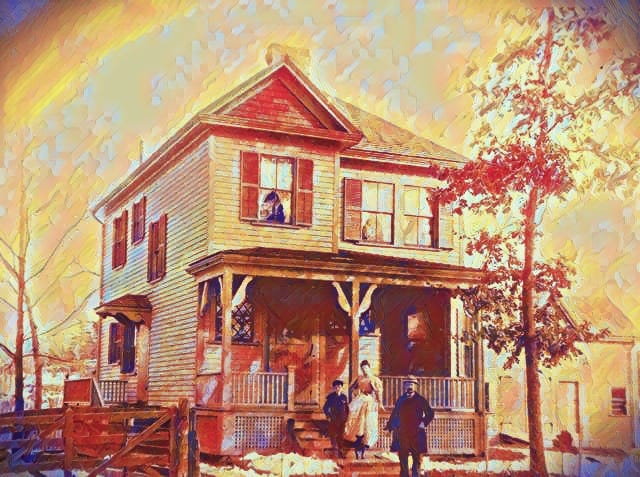Across The Street From The Country Club
The location of Francis Ouimet's childhood home and its incredible young occupant changed the trajectory of the American game. The story of 246 Clyde Street and its remarkable rejuvenation.
When Francis Ouimet was starting grade school, his father moved the family from a thinly populated section of Brookline to a modest house he had bought across the street from The Country Club. Mr. Ouimet was a workingman with no interest in golf, and had it not been for the proximity of th…




